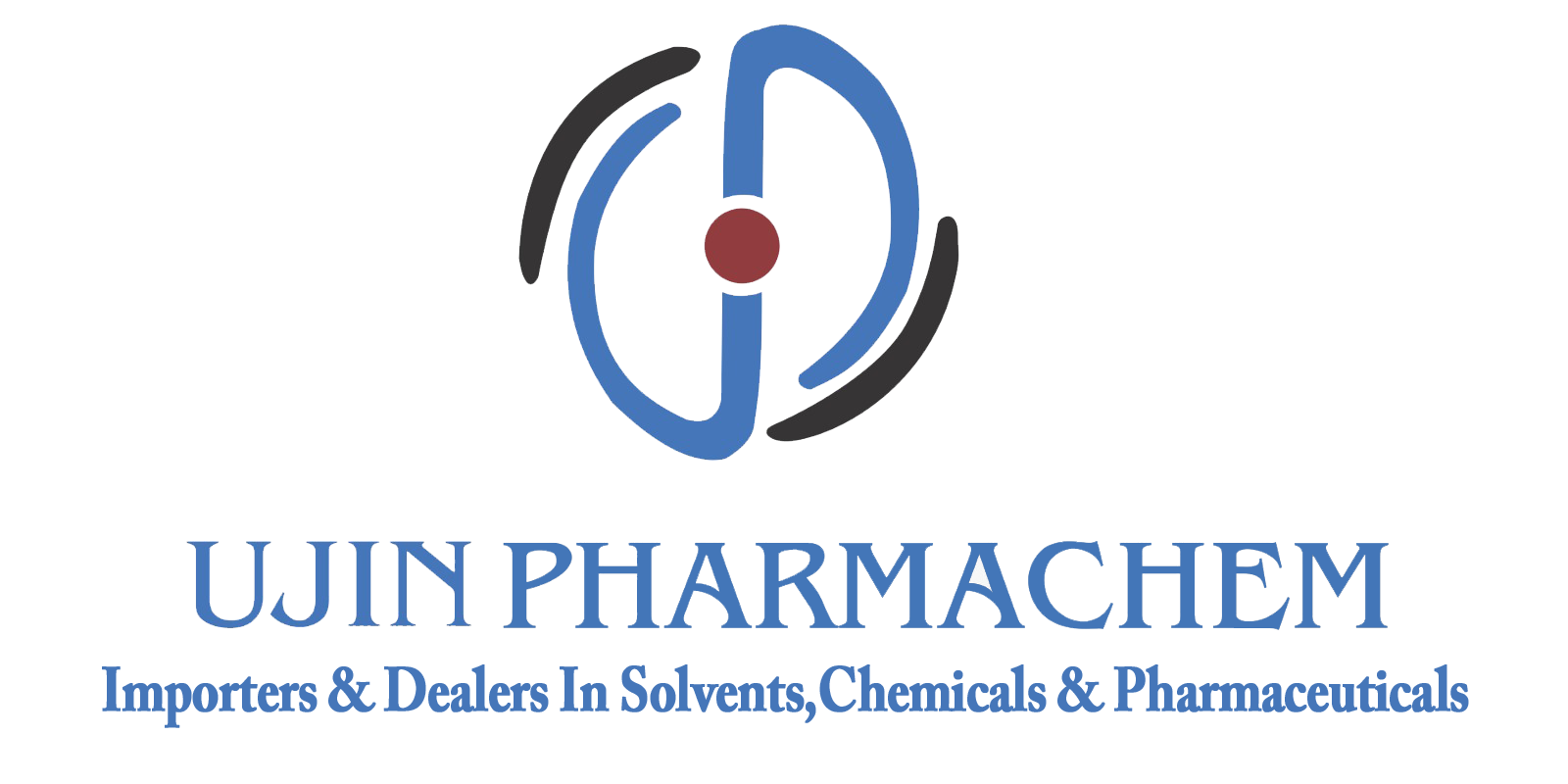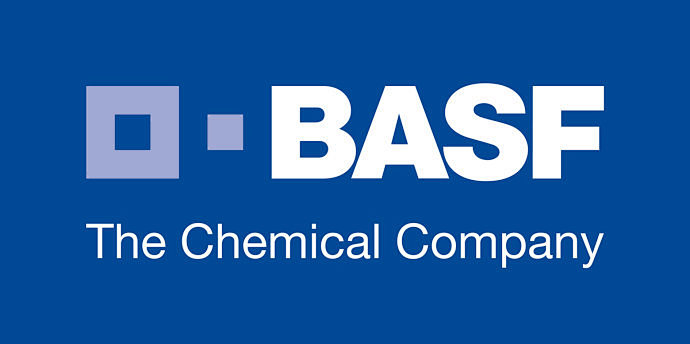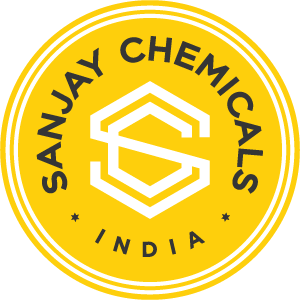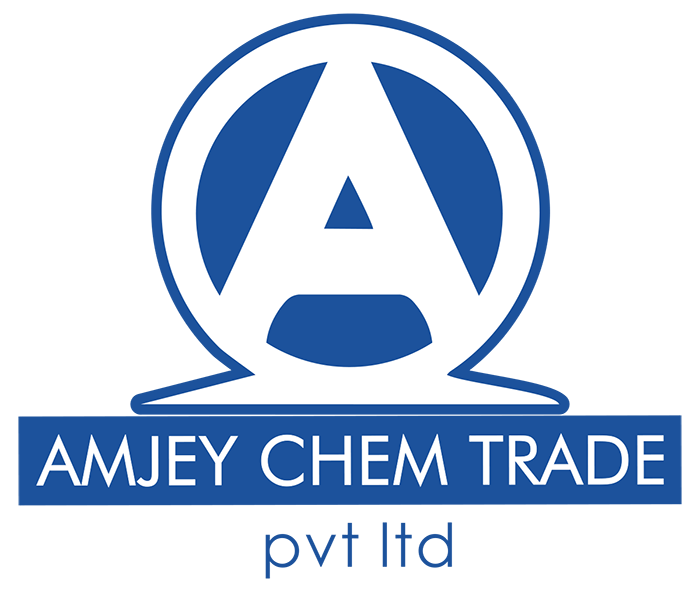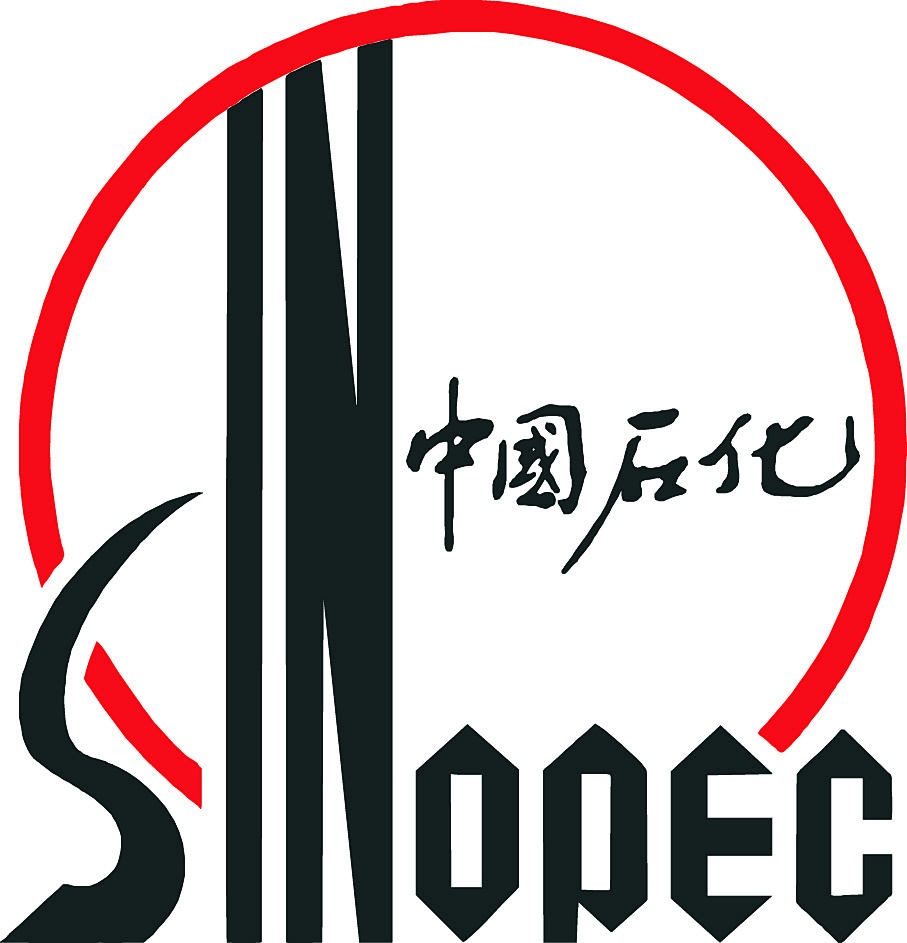
CHARACTER
ethylenediamine (EDA), chemical formula C2H8N2, is a colorless or slightly yellow oily or water-like transparent liquid, with ammonia-like odor, soluble in water, ethanol, slightly soluble in ether. Ethylenediamine is an important organic chemical raw material, which is widely used in the manufacture of fuels, rubber vulcanization accelerators, drugs, fibrin solvents, emulsifiers, epoxy resin curing agents and intermediates of insulating paint coatings. In addition, ethylenediamine can also be used for labeling, cross-linking and linking of biomolecules, as well as the preparation of polyamides, polyurethanes, polyethers and other polymer materials. As a multifunctional organic compound, ethylenediamine has a wide range of applications in chemical, pharmaceutical, pesticide and other industrial fields.

APPLICATIONS
(1) Ethylenediamine (EDA) has important applications in the field of medicine. It can be used as pharmaceutical excipients, such as pH regulators and cosolvents, and can also be used to manufacture a variety of pharmaceutical intermediates and drugs themselves, such as ethylenediaminetetraacetic acid (EDTA), etc., which play a key role in pharmaceutical production.
(2) In the dye and printing and dyeing industry, ethylenediamine, as an important chemical raw material, can be used in the manufacture of dye intermediates and fixing agents to improve the dyeing effect and fastness of dyes, and can also be used in the treatment of textiles such as wool to make it softer and easier to dye.
(3) Ethylenediamine can also be used as a curing agent for polymers such as epoxy resins, used in the manufacture of coatings, adhesives and other polymer materials, which can significantly improve the performance of materials, such as improving hardness, heat resistance and chemical resistance.
(4) In addition, ethylenediamine is also widely used in electroplating, petrochemical, agriculture and adhesives and other industries, as a chelating agent, corrosion inhibitor, emulsifier and lubricant, in many fields have played an irreplaceable role.
INDICATORS

ABILITIES
1. Packing: barreled, scattered water
2. Logistics: car transportation, shipping
3. Payment request: EXW/FOB/FCA/CFR only accepted
![]() +086 1911-7288-062 [ CN ]
+086 1911-7288-062 [ CN ]
![]() +852 97481178 [ HK ]
+852 97481178 [ HK ]



























































































